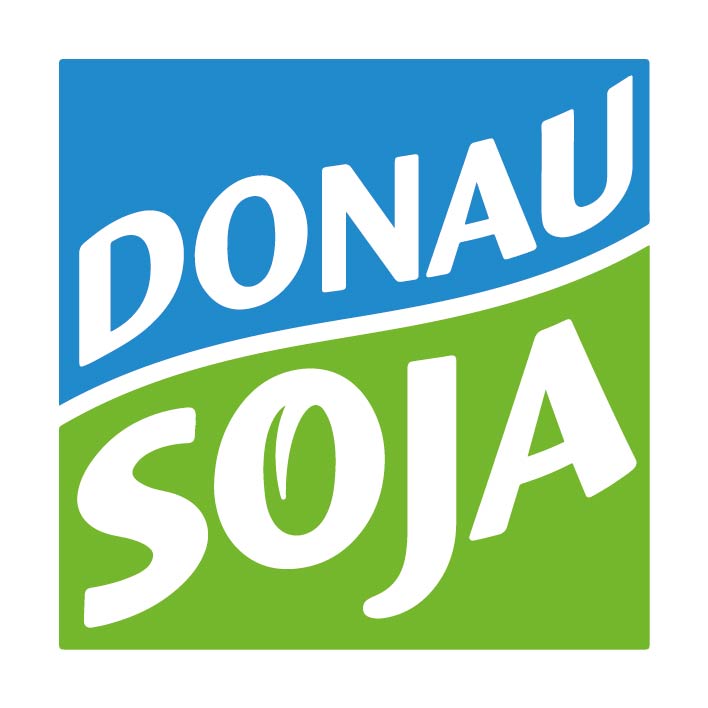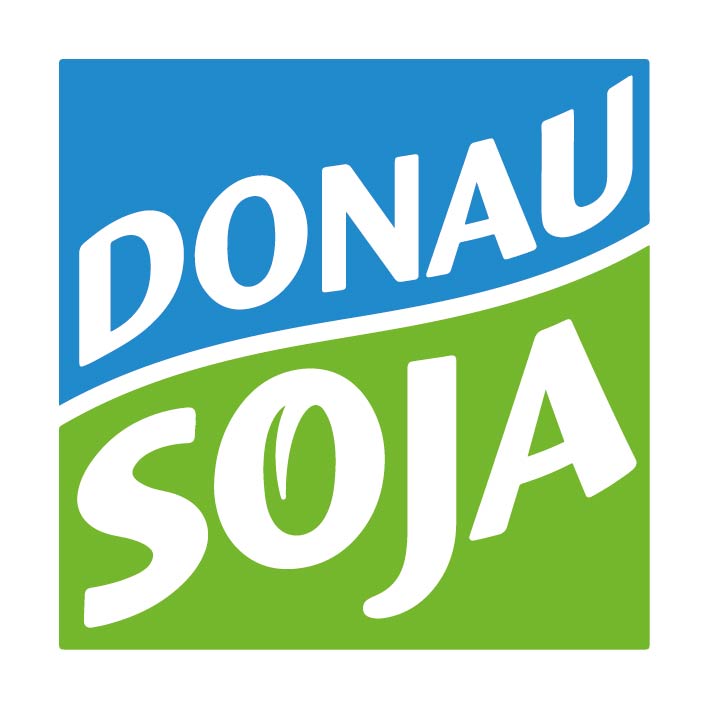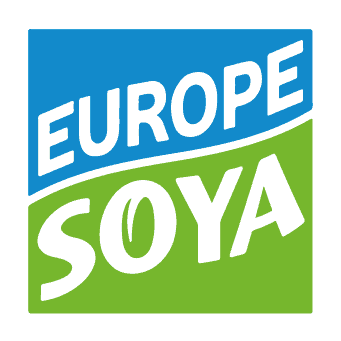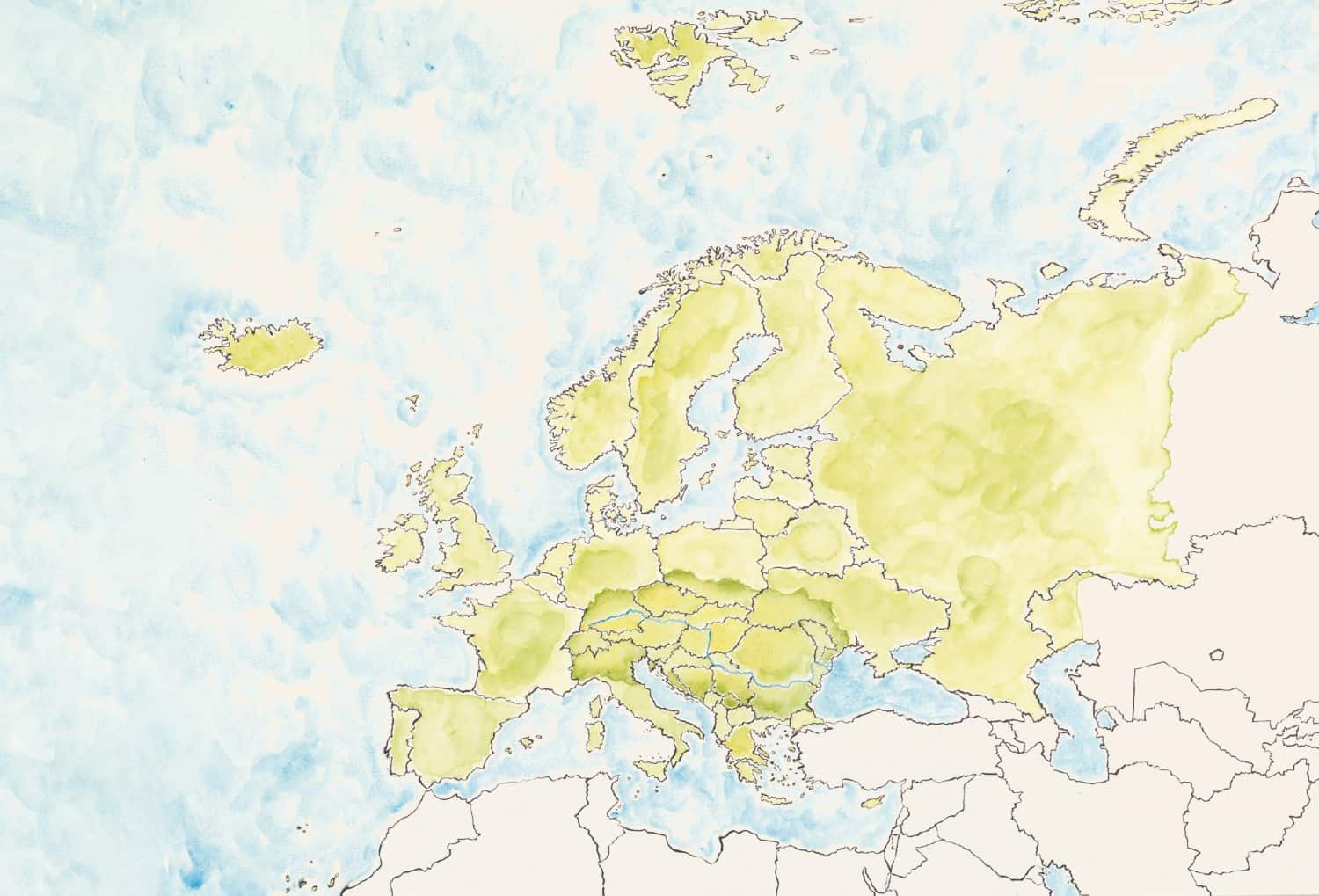The Europe Soya quality programme has been established to promote and propagate the cultivation, processing and marketing of sustainable, non-GM, origin-controlled quality soya from Europe. The aim is to develop and guarantee a sustainable non-GM protein supply in and from Europe.
Main characteristics of europe soya quality
–
The Europe Soya Standard is based on ten Europe Soya principles of soya bean cultivation. These principles cover Europe Soya´s two essential characteristics of “European origin” and “GMO-free status”, along with additional social, environmental and economic aspects. The most important points can be found below.
European origin
Europe Soya is a product of controlled origin and quality. Farmers producing according to the Europe Soya standard are located in Europe, based on the definition by Philip Johan von Strahlenberg with regard to the boundaries of the Russian border regions. In order to verify the origin of the soya beans, all partners further downstream in the value chain, like traders, collectors or processors, must be in possession of a valid Europe Soya certificate and use the correct declaration on shipping or product documentation (delivery/weighing note, invoice). Isotope testing is offered as an additional proof of origin for clients to verify the origin of the soya beans.
Non-GM status
Europe Soya soya beans and soya bean products come from GMO-free cultivation using GM-free soya bean varieties either listed in the EU common catalogue of plant varieties or in the respective national catalogue of plant varieties. Europe Soya soya bean farmers are not permitted to grow GMO soya beans or any other GMO crop. Animal feed with the quality label “Europe Soya” are suitable as feed for livestock, whose products may subsequently be marketed with the quality label “Ohne Gentechnik hergestellt” / “Produced without GMOs”.
The GMO-free status is based on the minimum requirements as set out by the following European GMO-free certification schemes:
- German EG-Gentechnik-Durchführungsgesetz (EGGenTDurchfG), with audits performed as stipulated by the German Verband Lebensmittel ohne Gentechnik (VLOG)
- Austrian Food Codex (Codex Alimentarius Austriacus) and the corresponding Leitfaden zur risikobasierten Kontrolle auf Gentechnikfreiheit (Guideline on the Risk-Based Monitoring of GMO-Free Production)
- Non-GM Danube Region Production and Labelling Standard & Non-GM Danube Region Inspection Standard.
Apart from the possibility of obtaining a non-GMO certification in accordance with the Austrian Food Codex, German VLOG or Non-GM Danube Region Standards, the GMO-free status can also be verified during Europe Soya audits and certifications by checks conducted in compliance with the Non-GMO Danube Region Standards, both published in 2015.
Reduced pesticide use
Europe Soya is based on EU legislation, this means that for Europe Soya cultivation only pesticides whose active ingredients are approved in the EU are permitted- also outside the EU. Additionally, Europe Soya bans the use of substances listed in the Stockholm Convention and the Rotterdam Convention as well as all substances, that the World Health Organization (WHO) has classified as extremely hazardous (List 1a) and highly hazardous (List 1b). Aerial spraying is prohibited in Europe Soya cultivation. Additionally, desiccation (i.e. drying down cultivated plants by means of a chemical agent to accelerate ripening before harvesting) is generally prohibited in Europe Soya cultivation, not only with glyphosate, but also with all other substances such as diquat. With its own Best Practice Trainings, Donau Soja Organisation provides farmers with specific know-how on how to manage without desiccation, for example by selecting suitable varieties.
No-deforestation / no-conversion
Europe Soya soya production complies with a strict no-land-use-change principle (no- deforestation/ no-conversion) with a clear cut-off date: Europe Soya soya shall only be cultivated on land dedicated to agricultural use no later than 1 January 2008. Europe Soya soya shall not be grown in national and international nature reserves where the production of crops is prohibited. No new agricultural land shall be developed for the purposes of Europe Soya soya production where this would result in the loss of nature reserves, natural forests, riparian vegetation, wetlands, moors, floodplains or steep slopes. Where such changes have taken place, farmers are obliged to restore protected areas to their former state.
Reduction of greenhouse gas emissions
Donau Soja provides Donau Soja soya bean farmers with information on how to reduce greenhouse gas emissions and increase the sequestration of greenhouse gases. Donau Soja soybean farmers record relevant data, such as yields, seed inputs, fertiliser application, pesticide application and fuel use. They select and implement specific measures to reduce greenhouse gas emissions and increase carbon sequestration.
Compliance with international social and labour rights
The Europe Soya standard requires farmers to comply with EU and international regulations on labour and social rights (ILO conventions). This ensures fair working conditions, including the elimination of all forms of forced or compulsory labour; the effective abolition of child labour; the elimination of discrimination in respect to employment and occupation; freedom of association; decent wages; and secure labour conditions.
Three-staged inspection system
Europe Soya audits and certification are carried out by independent external certification bodies accredited according to ISO/IEC 17065. To date, 18 certification bodies have been authorised by Donau Soja Organisation to conduct inspections and issue certification. This is part of a three-staged inspection system that builds on a risk-based inspection frequency. Stage one is self-monitoring within the companies, and obligatory quality assurance schemes during the processing stages. Independent certification bodies perform audits on site, issuing valid Europe Soya certificates only to compliant companies. Additionally, and on a regular basis, Donau Soja Organisation performs integrity audits carried out by trained staff, or in cooperation with external certification bodies or external experts.
Traceability throughout the supply chain
Europe Soya certification ensures that certified products are segregated from non-certified sources at each stage of the supply chain. For soya products, such as soya in the form of food and drink or processed soya beans as feed, this is achieved through separation and correct declaration, both throughout the company and at every step of the supply chain. To ensure the traceability of raw soya beans, an IT-based lot certification system is used for trading and transporting Europe Soya soya beans from the primary agricultural collector to the primary processor. Certificate of traceability may additionally be issued by the primary processor to the marketer. The traceability system comprises all certified companies registered in the Donau Soja IT database, as well as our partners who are listed on our website as certified partners.
The countries and regions of origin for europe soya are defined in both political and geographical terms
–
Albania
Austria
Belarus
Belgium
Bulgaria
Croatia
Cyprus
Denmark
Estonia
Finland
France
Germany
Greece
Hungary
Iceland
Ireland
Italy
Kazakhstan (European part)
Latvia
Lithuania
Luxembourg
North Macedonia
Malta
Republic of Moldova
Montenegro
Netherlands
Norway
Poland
Portugal
Romania
Russian Federation (Nenetsia, KomiPermyak, Sverdlovsk, Chelyabinsk, Orengburg)
Slovakia
Slovenia
Spain
Sweden
Switzerland
Turkey (European part)
Ukraine
United Kingdom of Great Britain and Northern Ireland
The requirements of the Europe Soya guidelines correspond with those of the Donau Soja guidelines, differing only in that the origin of the soya beans is not limited to the Danube region, but to Europe as a whole. Food produced from or using Europe Soya soya beans may be labelled as “Europe Soya” or “fed with Europe Soya”.
Donau Soja certified produce may be used in Europe Soya programmes, but Europe Soya certified produce may not be used in Donau Soja programmes due to a wider geographical scope.
The Europe Soya standard also offers the option of the Quantity Equivalence System (see Annex 2), which allows the joint processing and/or storing of certified Europe Soya soya beans and/or products that comply with the “Approved by Europe Soya” criteria (AB-ES soya beans).
Certification bodies approved by the Donau Soja Organisation are also permitted to certify Europe Soya. Operations wishing to certify as Europe Soya may, of course, do this either in conjunction with Donau Soja or as Europe Soya alone.
You can find the Europe Soya standard and Annex 2 in the DOWNLOAD section.



